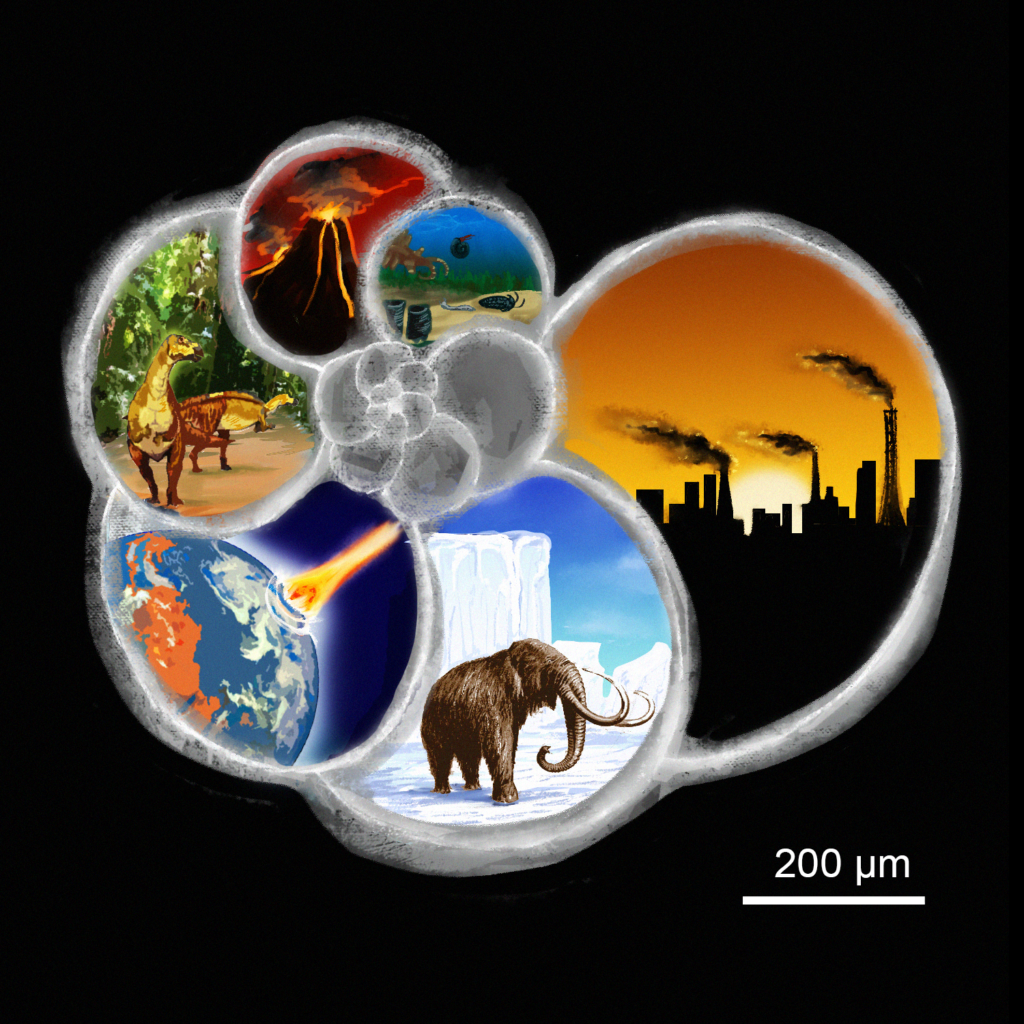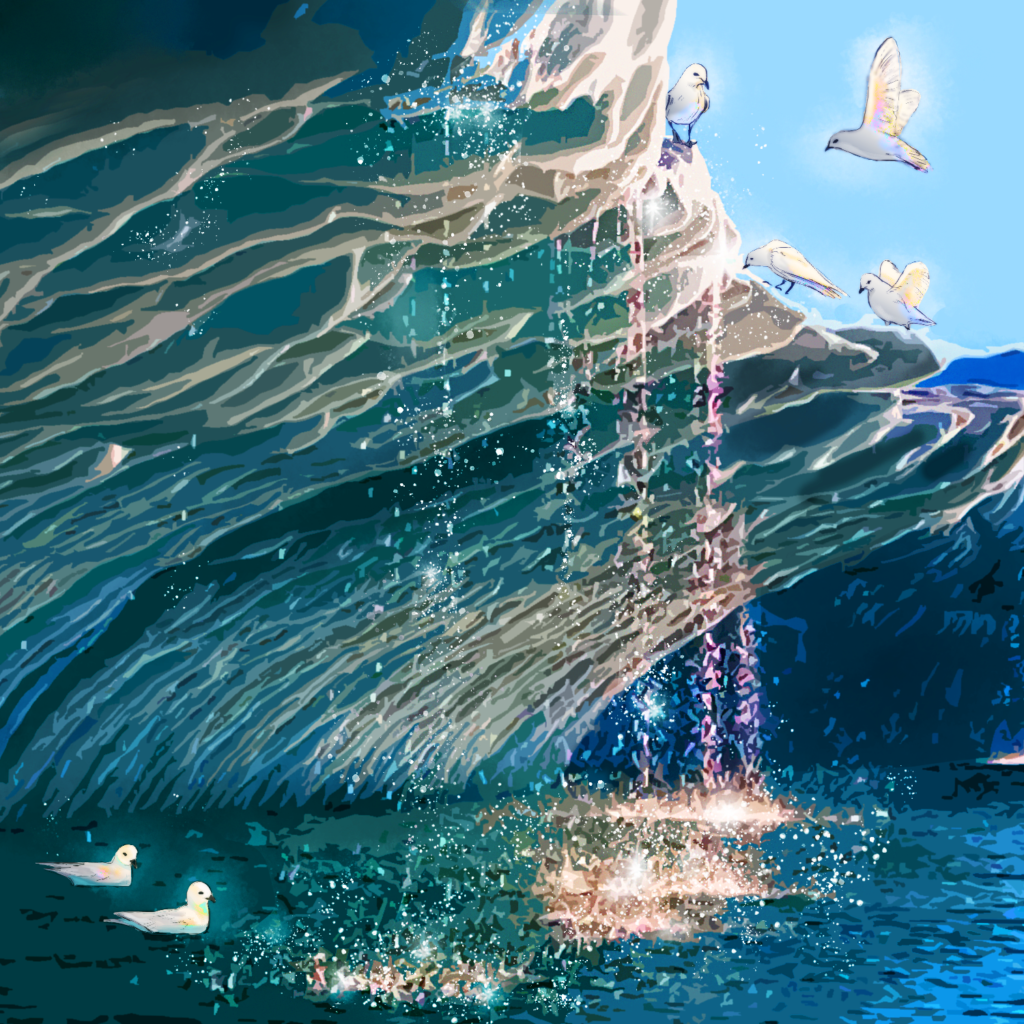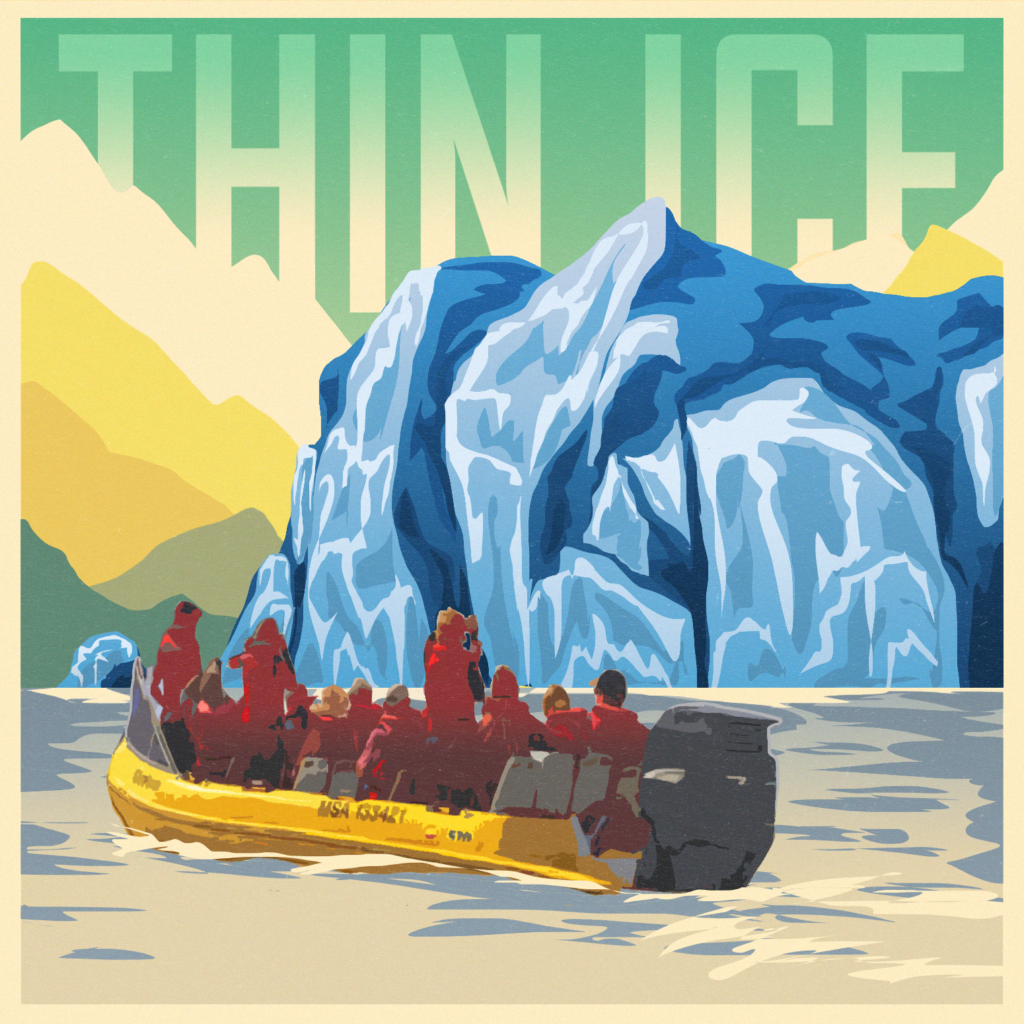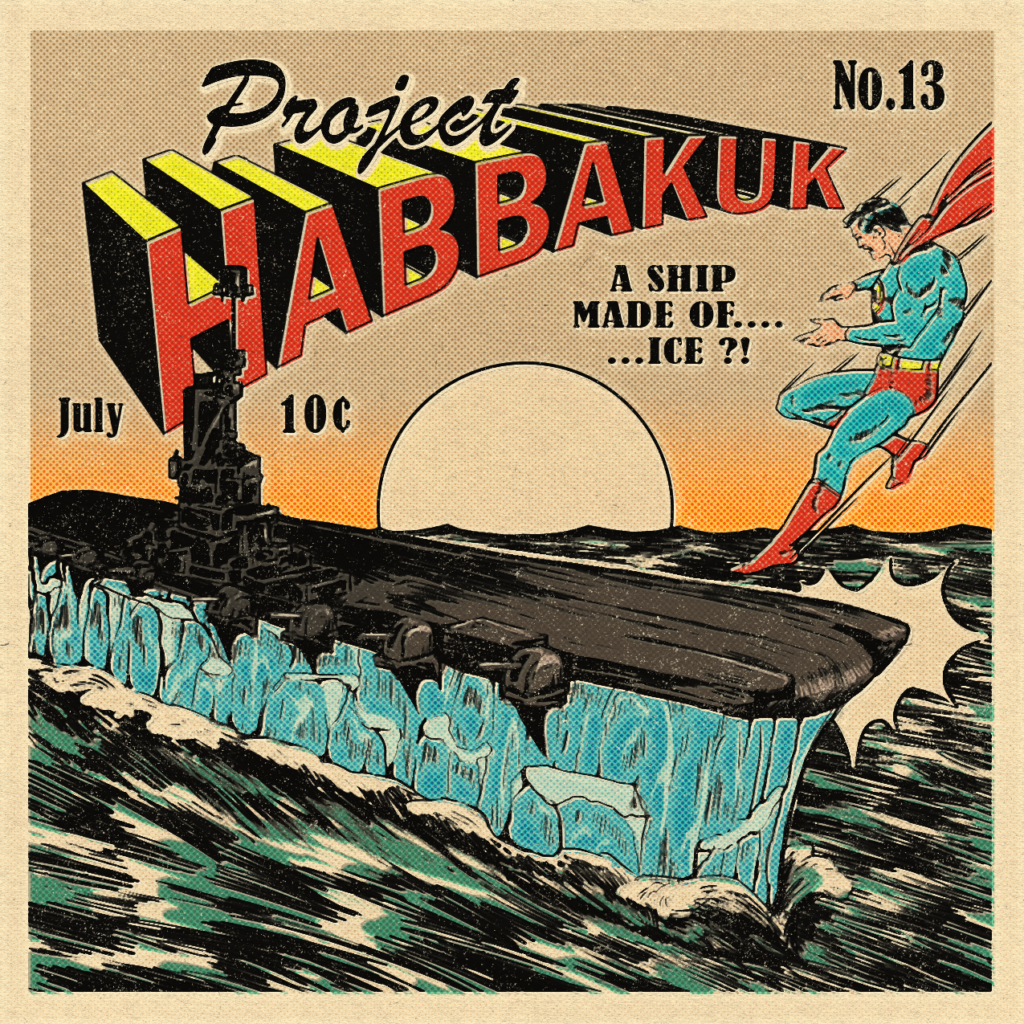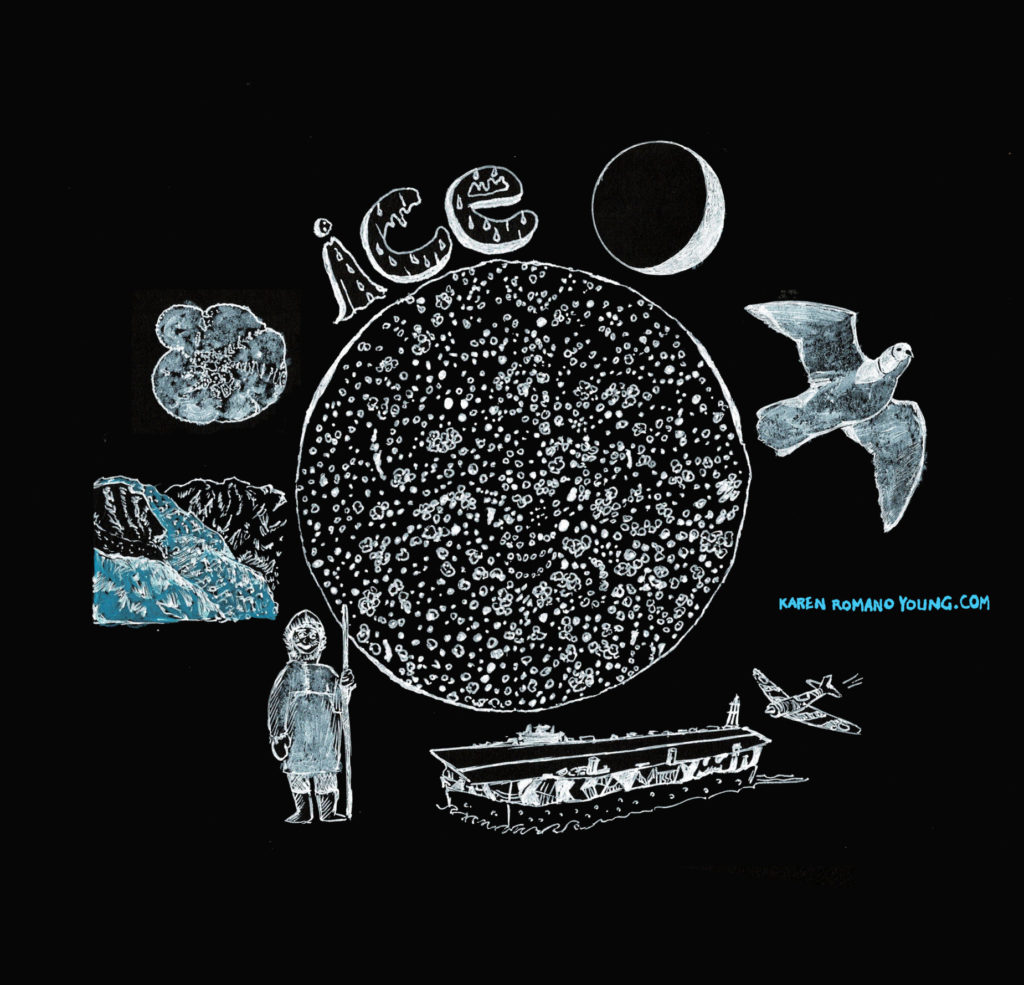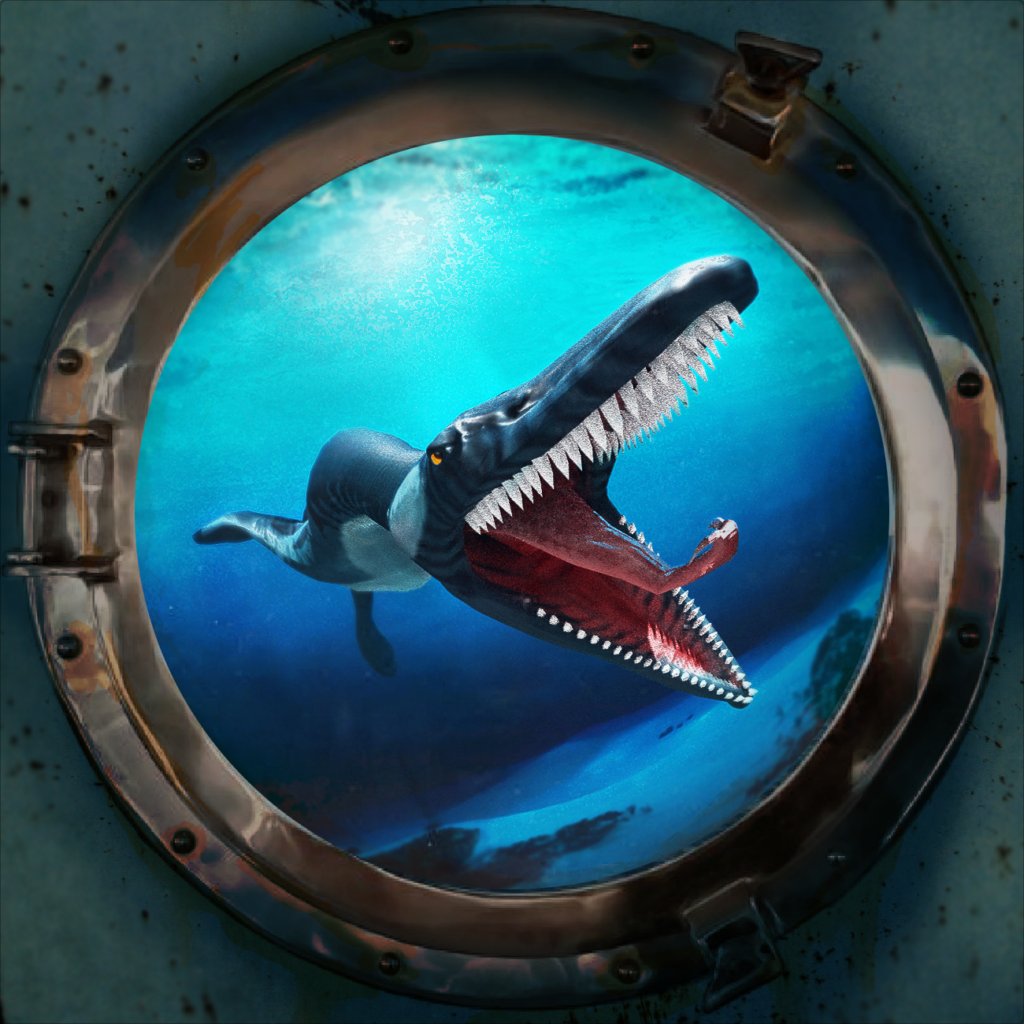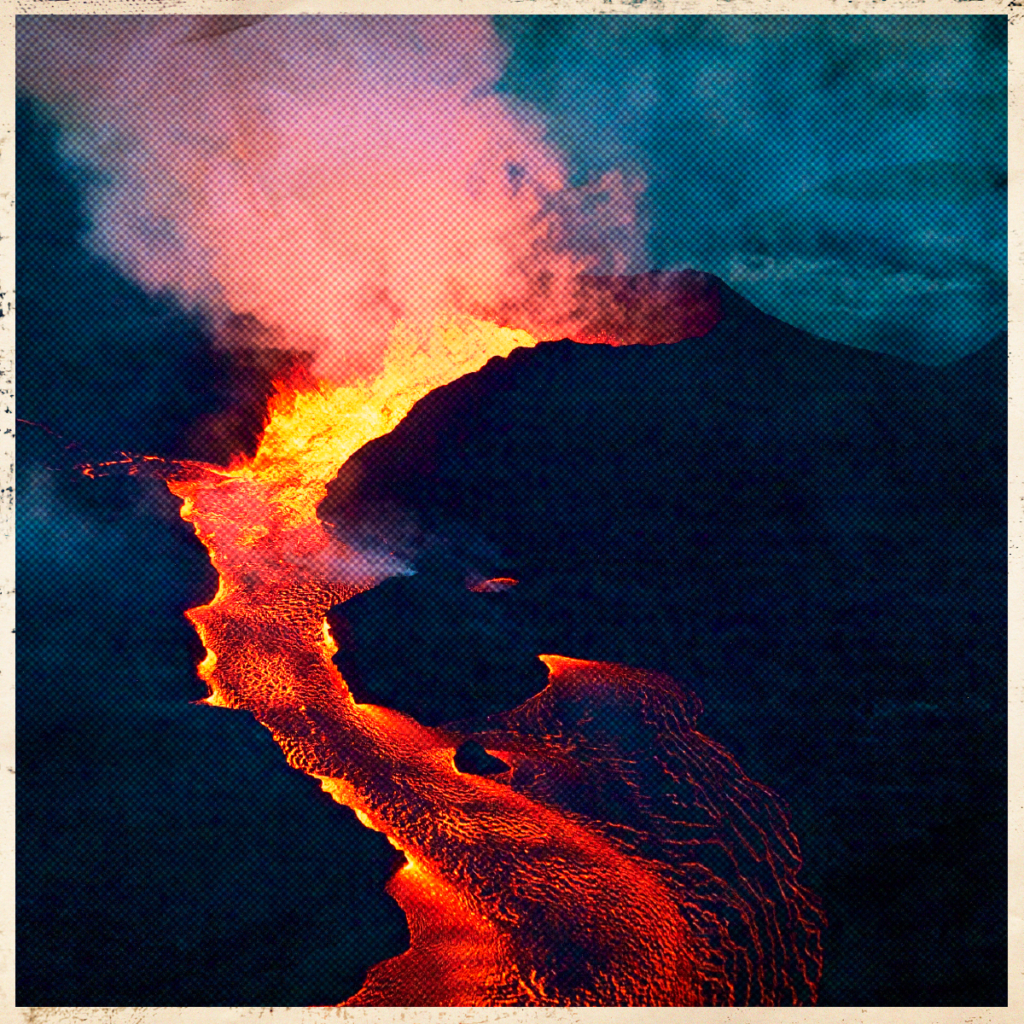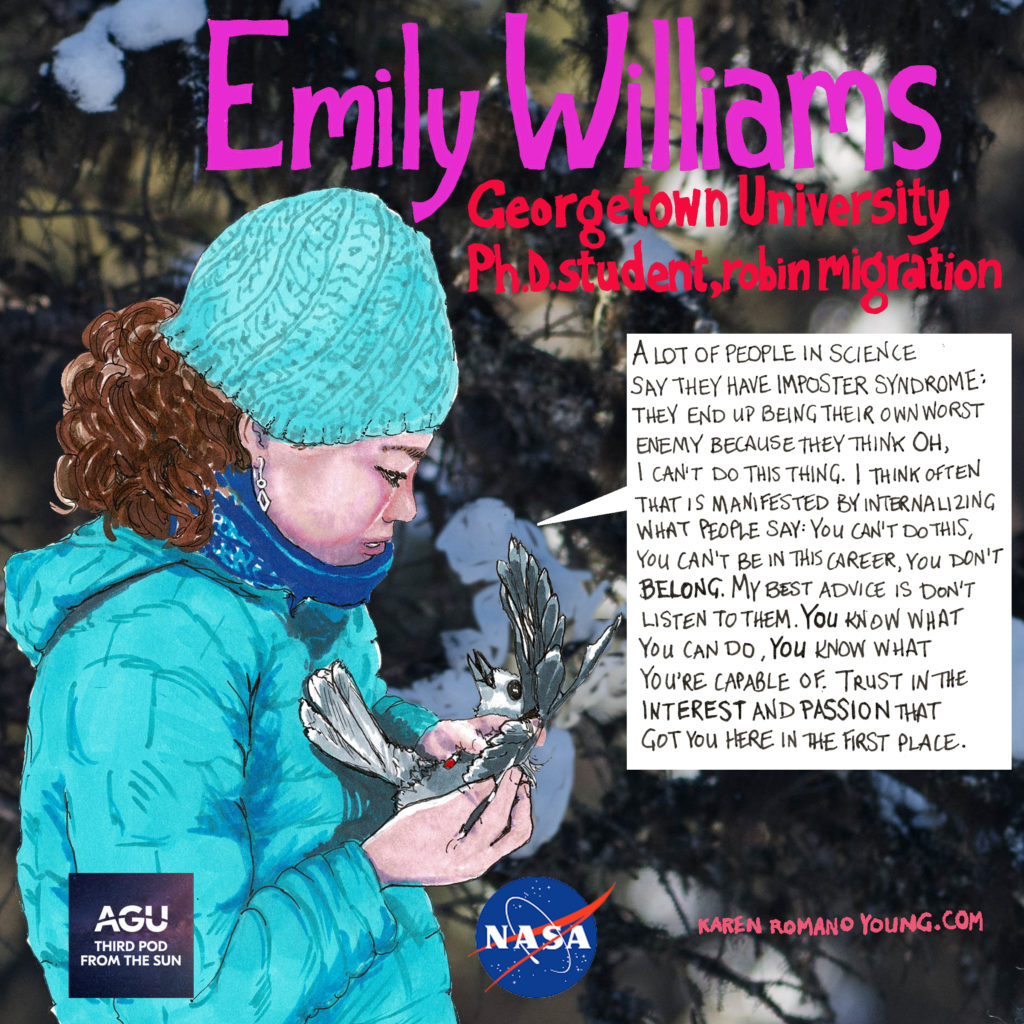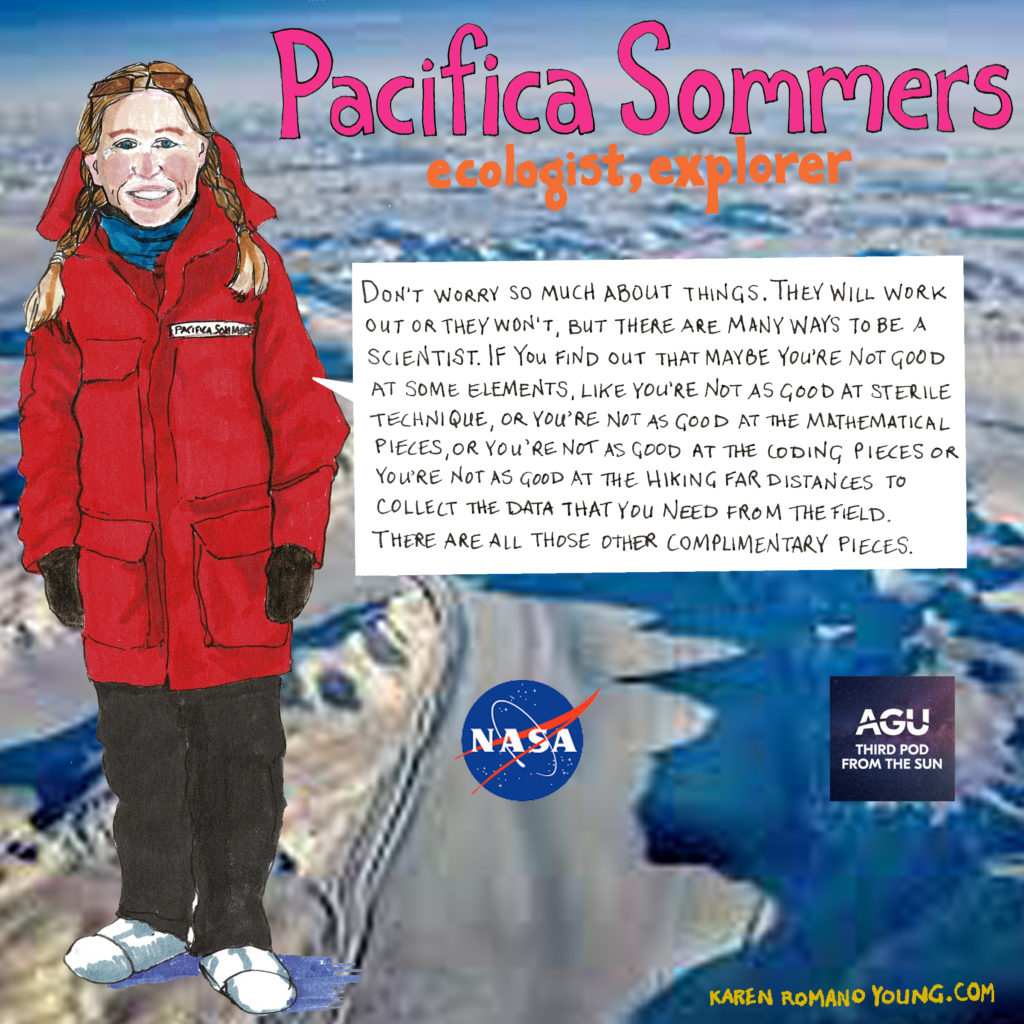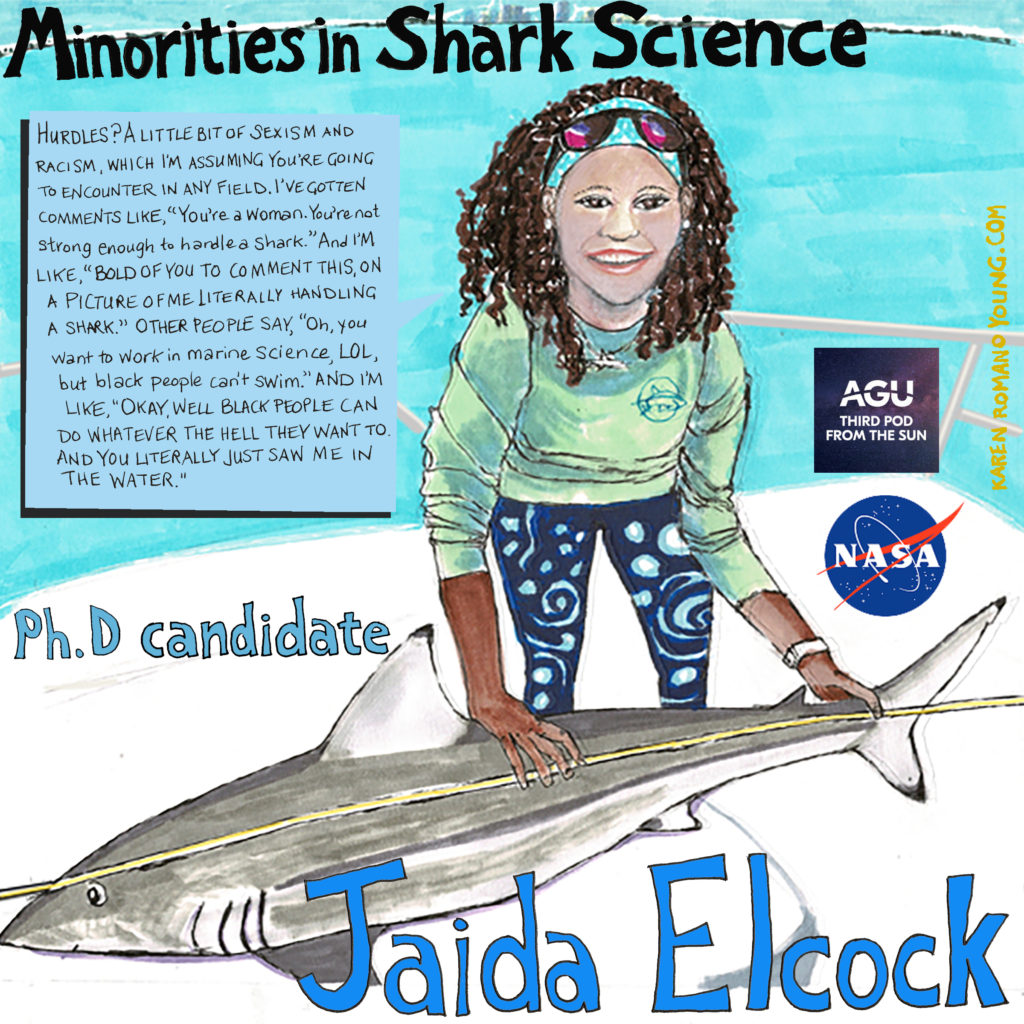Field Work
16-Ice: Shells of an ice-less past
Brian Huber is a climate detective at the Smithsonian who grew up collecting arrowheads in the woods of Ohio, but now collects and studies fossils from sediment cores. Brian uses fossils of tiny organisms − foraminifera − to track climate over millions of years, including the Cretaceous Hot Greenhouse climate.
Read More15-Ice: Birds foretelling climate change
Anant Pande is an Indian polar researcher who studies snow petrels – shy pelagic (sea-faring) birds who nest on rock crevices in Antarctica. These endemic birds prefer to nest near less icy waters. Climate change has melted polar oceans and perhaps made it less energy intensive — as they have to fly shorter distances to find non-frozen oceans.
Read More14-Ice: Glacier tourism on thin ice
Glaciers around the world are melting because of climate change. Yet, while glaciers might be smaller than they once were, that’s not stopping tourists from flocking to see them.
Read More13-Ice: The ice ships of Project Habbakuk
Dive down into the freezing depths of Patricia Lake, in Alberta’s Jasper National Park, and you will find the wreck of the Habbakuk—a sixty-foot model battleship originally constructed of wood and ice.
Read More12.5-A podcast of ice and fire
Cool off from the summer heat with our next six-part miniseries all about ice – from those who call it home to its use as a tool in science.
Read More11-Extinctions: Oddballs of the Triassic
Hans Sues is a fossil guy at the Smithsonian. Born in Germany, he has been all over the world finding and interpreting fossils for more than 40 years. His focus is on vertebrates – both in his professional work and his personal attachment to cats.
Read More9-Extinctions: Not your science fair volcano
For many of us, the word “extinctions” conjures up images of dinosaurs, asteroids, and (maybe?) volcanos. And while that last point did likely play a role in the demise of the dinosaurs, volcanos in their own right can go extinct. In this episode, we chatted with volcanologist Janine Krippner, Honorary Research Associate at the University of…
Read More6-True story: Migrating robins & thieving capuchins
Emily Williams has traveled the world in search of birds. As a biologist, she’s worked in Kansas, Argentina, Australia, and Denali, and studied loons, flycatchers, kingbirds, and more. And even with all these experiences and diverse species interactions, she’s now landed (ha, get it?!) on studying the common robin.
Read More5-True story: A prop plane, a bucket, and a trip to Antarctica
Pacifica Sommers is an ecologist and explorer. From the deserts of Arizona to the Antarctic tundra, Pacifica has looked at how organisms from tardigrades to pocket mice live in extreme environments. We talked with her about some of the most beautiful places on Earth, the diversity of folks who can be scientists, and what exactly that bucket is for on the flight to Antarctica.
Read More4-True story: Using TikTok for (shark) science good
Jaida Elcock says she thrives in chaos. And we’re inclined to believe her. From her ridiculously entertaining TikToks on animal facts, to her work with the non-profit Minorities in Shark Sciences (oh, did we mention she’s currently pursuing her Ph.D.), she seems to be managing that chaos pretty well. We talked with her about all of her endeavors, her inspiration from conservationist Jeff Corwin, and what (or who) she would like to see in science.
Read More
